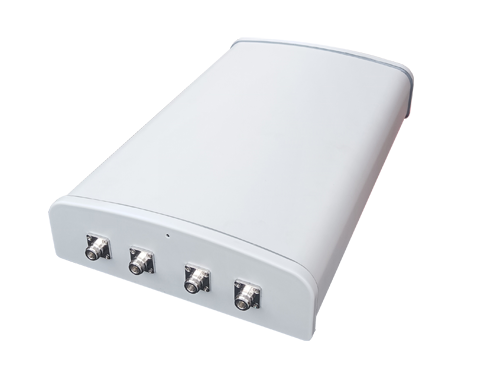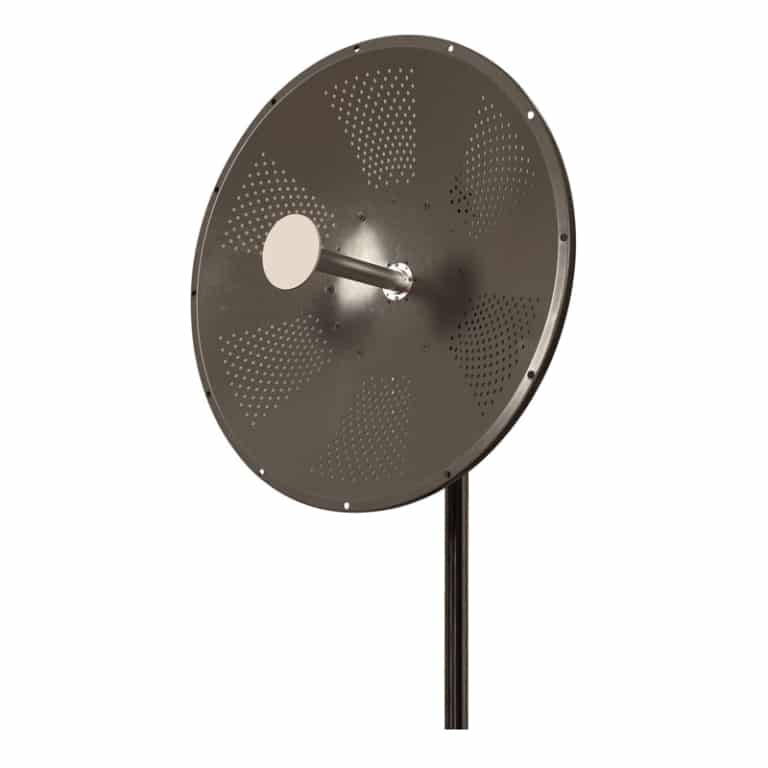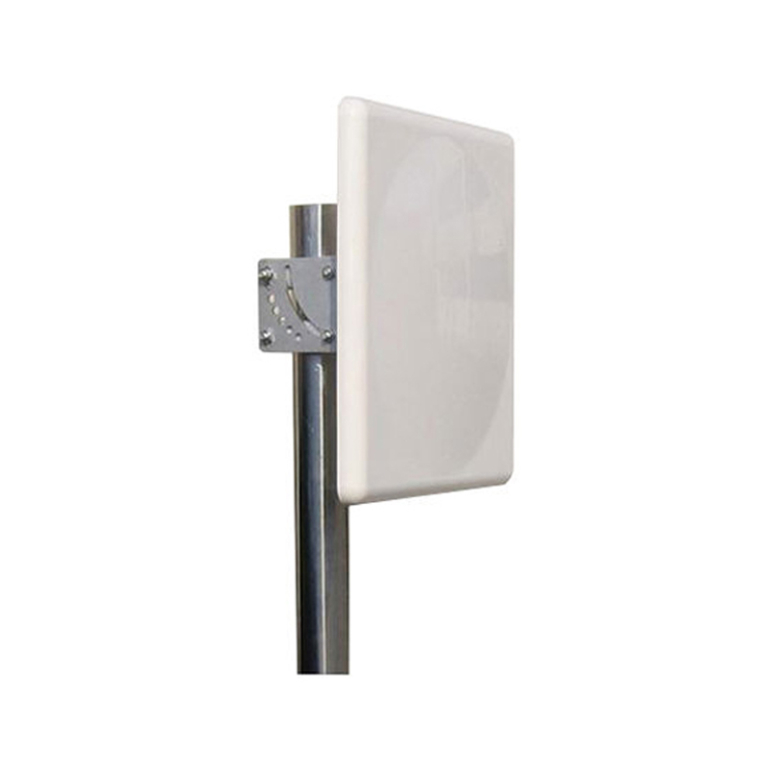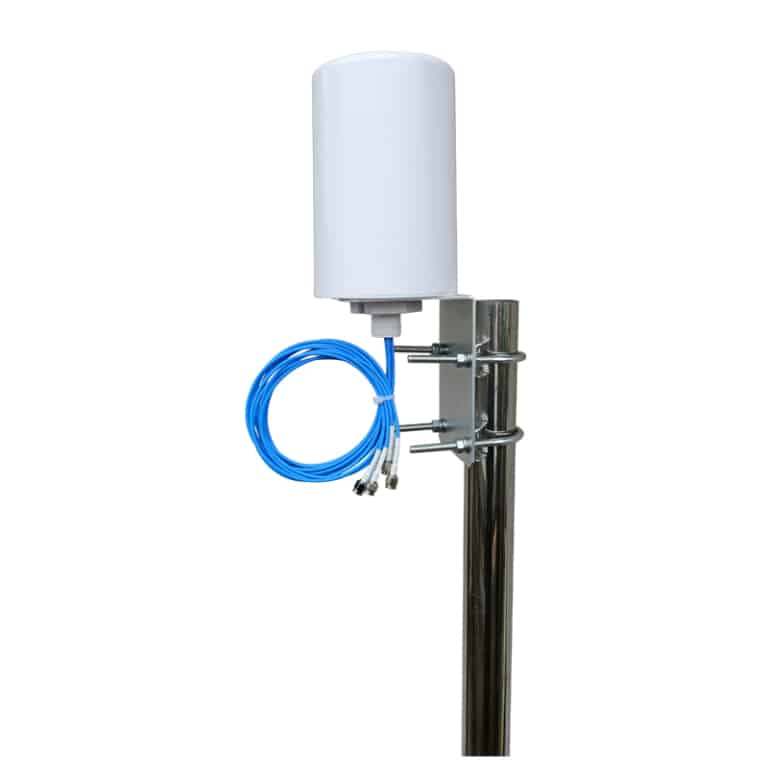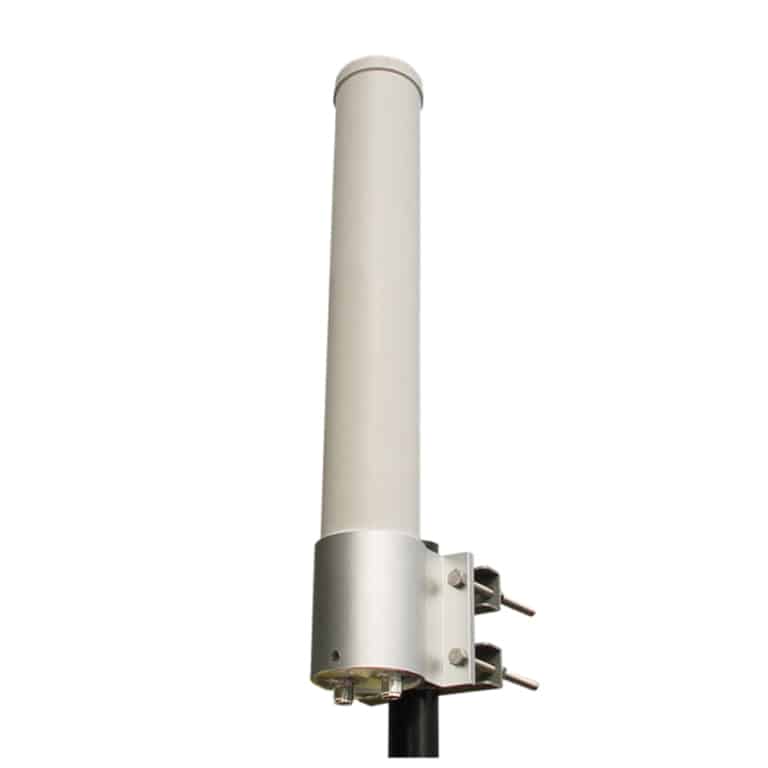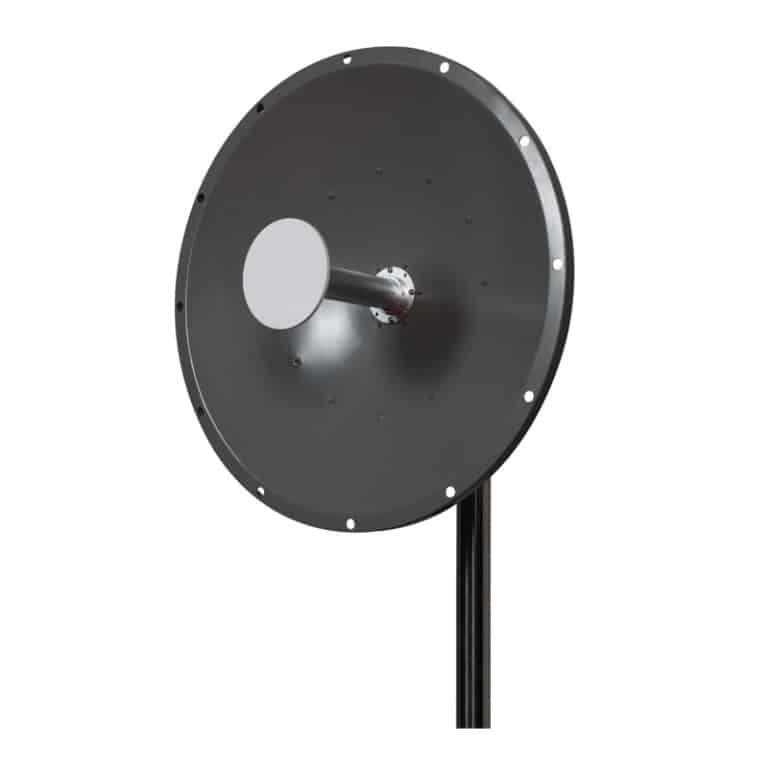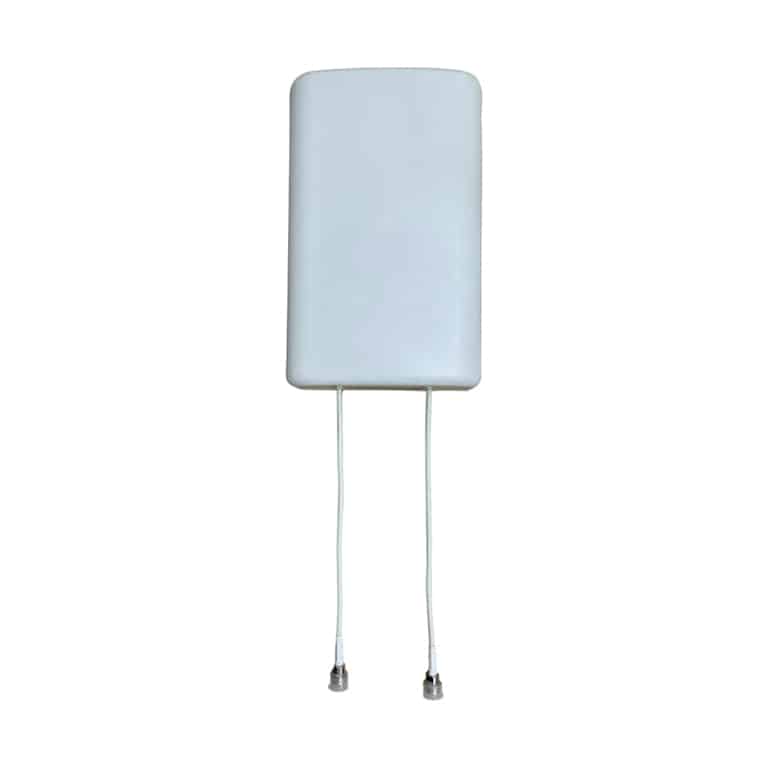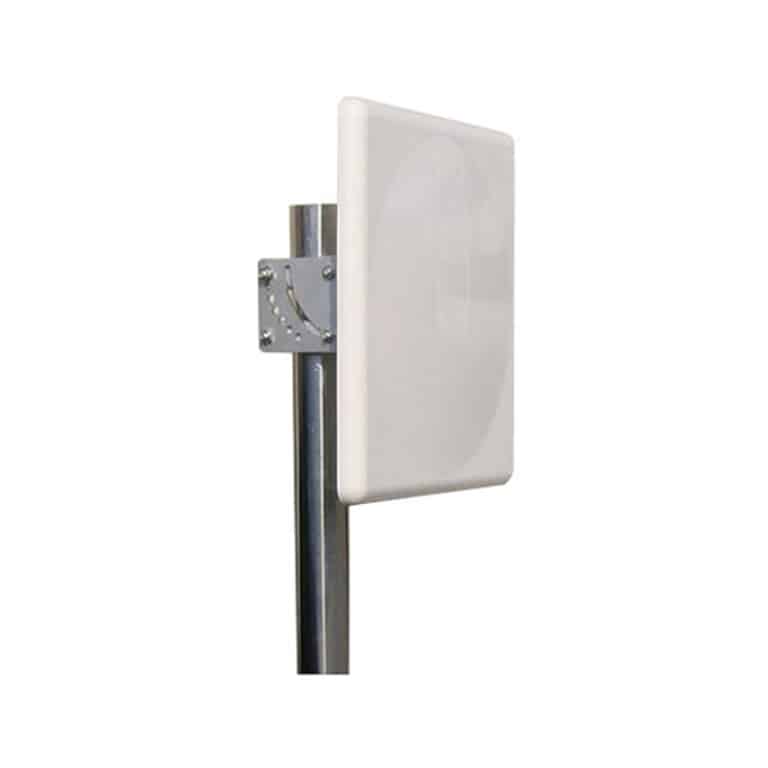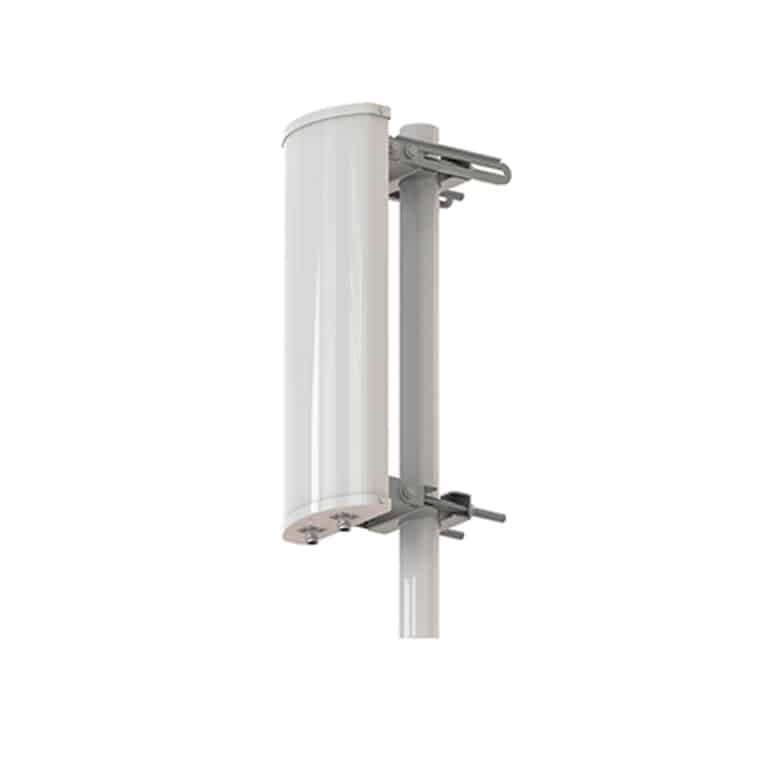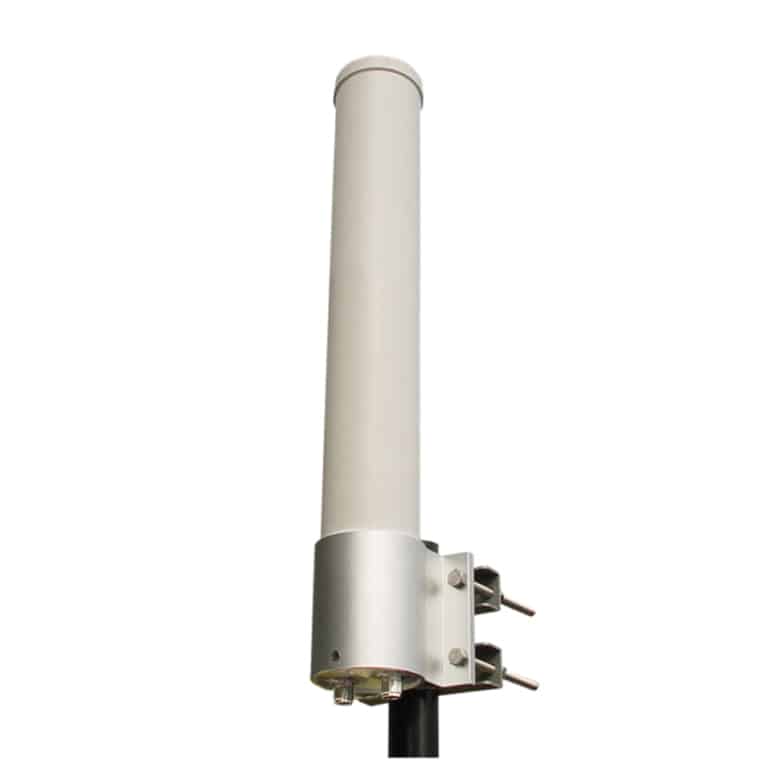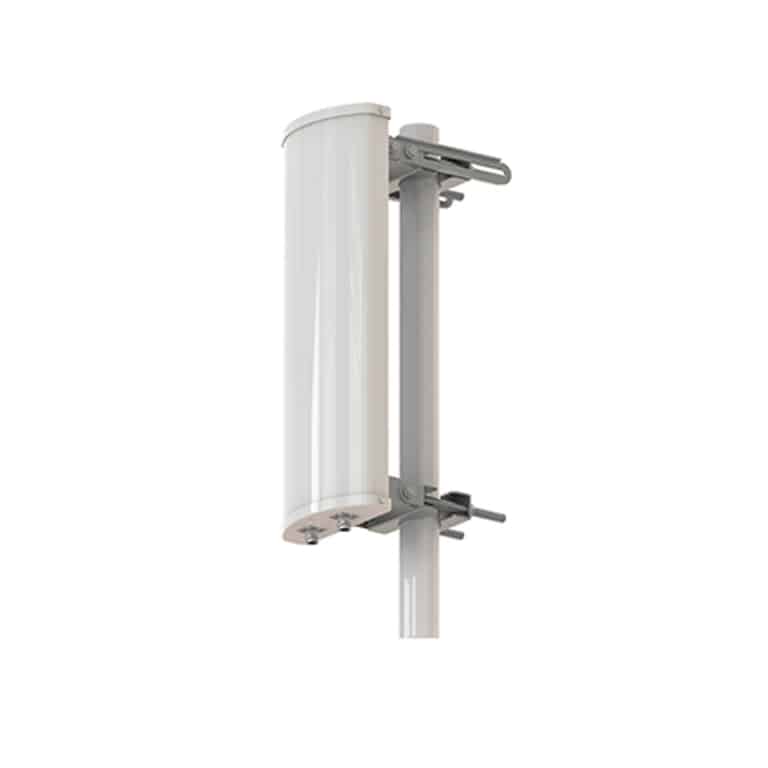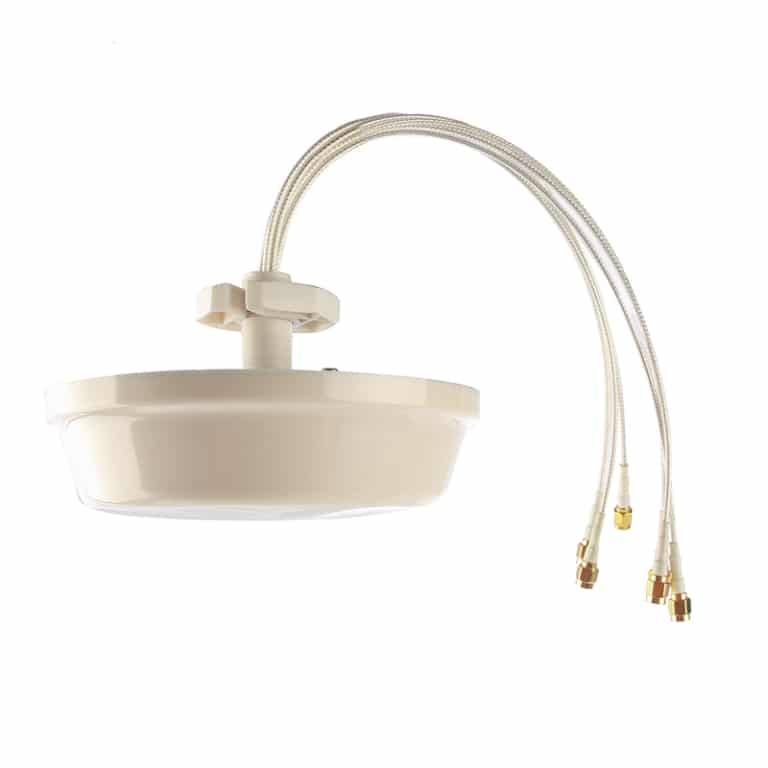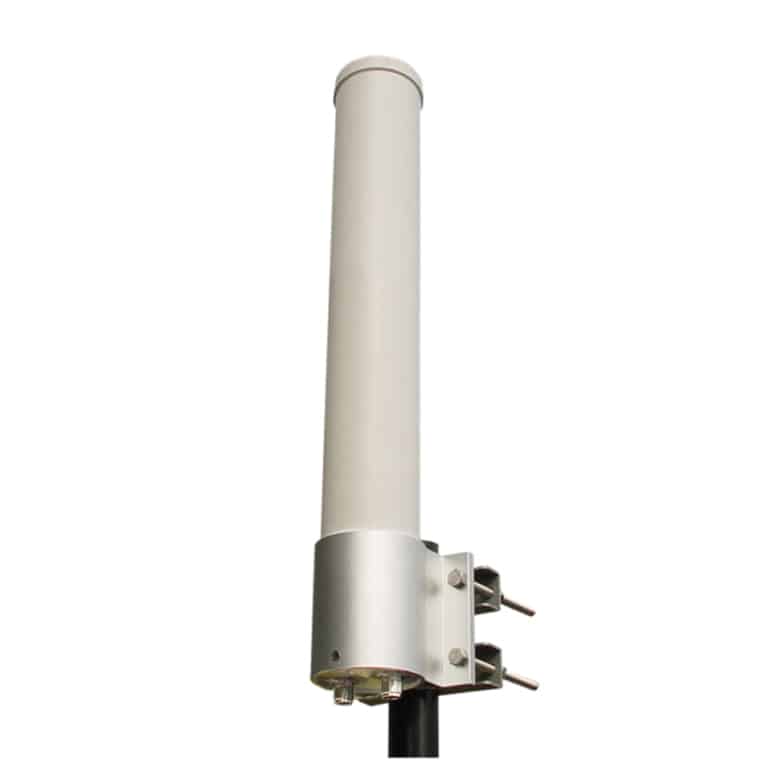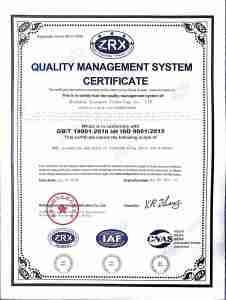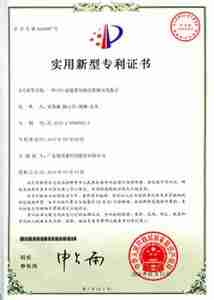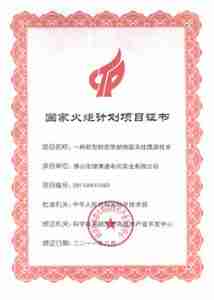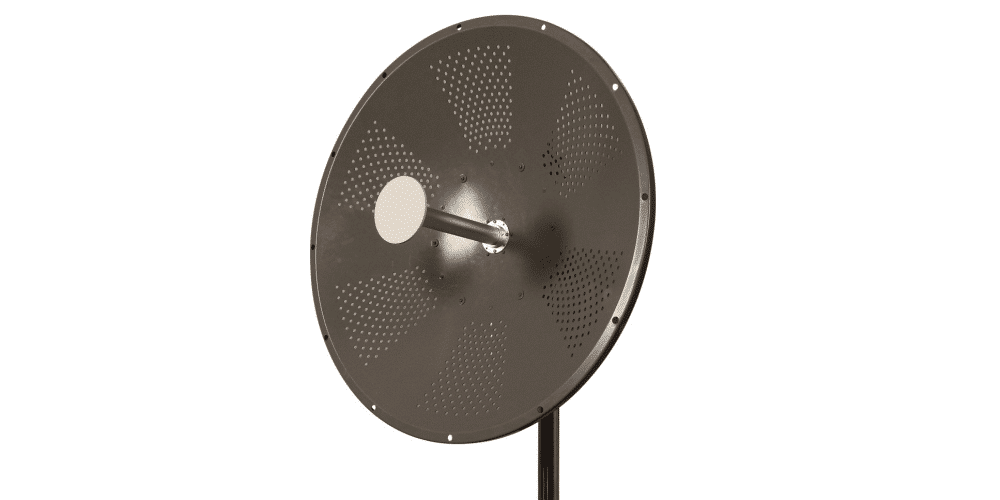Introduction
Antennas play a major role in modern wireless communications, as they are the key component responsible for transmitting and receiving wireless signals over a distance. One of the many frontier technologies in modern antenna technology is the Multiple Input Multiple Output (MIMO) antenna technology. This technology uses multiple transmitter and receiver antennas instead of the usual single antenna configuration. Thus, increasing the diversity of antenna operation. The enhanced diversity of antennas provides more opportunities to receive and transmit data. Moreover, it also increases the data rate and the signal quality.
In this article, we will discuss the MIMO technology in detail, types of MIMO antennas, different advantages and disadvantages of MIMO antennas, and the future of MIMO antennas.
What is MIMO technology?
MIMO technology provides multiple transmitters and receivers, thus exploiting multipath interference on wireless signals. It also provides more opportunities to cater to multiple signal handling with more diversity. Diversity refers to the flexibility to cater to more than one frequency range. MIMO technology also increases the throughput of the system and the reliability of the communication network. The underlying principle of MIMO technology lies in spatial multiplexing where multiple paths are used as different channels to sustain many communication channels. The only factor that limits the amount of data carried in a channel is based on Shannon’s law. The space division multiplexing-based MIMO method was introduced by Arogyaswami Paulraj and Thomas Kailath in 1993. Having a brief understanding of key features and historical development of MIMO technology it is important to outline some of the prominent advantages of MIMO technology as follows:
- Increased data throughput: This enhances modern communication network capabilities, especially addressing the high data demand.
- Resilience towards multipath interference: Due to spatial multiplexing, multipath propagation error is minimized in MIMO technology
- Enhanced coverage area: MIMO technology provides more coverage when compared to conventional antenna technologies
- High bandwidth: MIMO technology facilitates a wider bandwidth for high data demand applications
What is a MIMO antenna and how does it work?
MIMO antennas are the most crucial component in a MIMO setup. These are composed of multiple input (transmitters) and output (receivers) antennas enabling multiple channels in the network for communication. The fundamental principle behind the MIMO antenna is spatial multiplexing, where multiple data streams are channeled on different channels intended for the same user or multiple users. However, in most cases, these data are transmitted over the same frequency range. By sending the same signal over multiple antennas, MIMO antennas achieve diversity gain. This helps in enhancing the reliability of the signal. Moreover, another technique used by MIMO antennas is beamforming. Beamforming allows us to adjust the signals constructively to focus on a destination of interest. Now at the receiver’s end, different combining algorithms are utilized to recreate the transmitted signal from multiple transmitters.
Types of MIMO Antenna Configurations
MIMO antennas have different categories and configurations. One configuration category is based on the number of users able to interact with MIMO antenna system. Accordingly, there are two types of configurations:
- SU-MIMO: Single-user MIMO configuration where the data streams in the network interact with only one device at a time.
- MU-MIMO: Multiuser MIMO configuration where multiple users can interact with the network.
Furthermore, there are many configurations based on the number of antennas in the input and output stream. These configurations are:
- SISO – Single Input Single Output
- SIMO – Single Input Multiple Output
- MISO – Multiple Input Single Output
- MIMO – Multiple Input Multiple Output
MIMO-SISO is the simplest form of MIMO configuration where only a single input and output are configured. The rest of the configurations have a certain complexity with MIMO being the most complex configuration. Furthermore, for the MIMO configuration, the antennas are further configured as:
- 2×2
- 4×4
- 6×6
- 8×8 – The most common configuration in modern MIMO systems such as 5G
Apart from these configurations, massive MIMO is another configuration widely used with the increased popularity in 5G and beyond technologies. The massive MIMO technology is based on three main aspects:
- Spatial Diversity
- Spatial multiplexing
- Beamforming
Applications of all these configurations include:
- 5G technology-based applications and services
- Massive IoT
- Industry 4.0 applications
- Large Scale applications such as supply chain and logistics
Applications of MIMO Antennas
Now let us investigate more into some of the applications of MIMO antennas. Some of the prominent MIMO applications include:
- Cellular network communication: MIMO antennas are widely used in modern cellular technologies such as 5G and beyond. With the increasing number of users, it is essential to cater to many.
- Satellite communication: MIMO antennas are becoming critical in satellite communication as they can withstand severe channel interferences.
- Wireless LAN and Wi-Fi networks: MIMO antenna applications also play a crucial role in these wireless systems to enhance data rates, coverage, and bandwidth.
- Point-to-point wireless links: MIMO antennas are also ideal for point-to-point networks such as microwave backhaul links and satellite communications.
- Massive IoT networks: MIMO antennas are important for massive IoT networks where thousands or millions of IoT devices are connected over the internet. Such a system requires enhanced data rates and bandwidth.
Advantages and challenges of MIMO antennas
The primary advantages of MIMO antennas across different applications are as follows:
- MIMO antennas enable strong and reliable signals when compared to simple antenna configurations
- Extended multimedia experience and streaming capability. Due to enhanced data rates and quality MIMO antennas can enable quality multimedia streaming and experience.
- When compared to traditional systems, MIMO antennas can ensure secure communication with minimum packet loss due to multipath interference.
- MIMO antennas can also provide enhanced coverage and reliability.
However, these advantages come with reasonable challenges such as:
- MIMO antennas are complex in design
- MIMO antennas usually consume a considerable amount of power
- These require advanced signal processing techniques with different adaptive qualities
Future of MIMO antennas
Some of the recent trends associated with MIMO technology are as follows:
- Massive MIMO for a large number of connected devices handling
- Mm wave MIMO for 5G and beyond cellular technologies
- Reconfigurable intelligent surfaces (RIS) for custom coverage and beamwidth requirements
From the above trends, we can see that MIMO technology has a promising advancement in cellular and IoT communications.
Conclusion
In this article, we provided a brief introduction to MIMO technology and antennas. Moreover, different MIMO antenna configurations and their applications were outlined. Furthermore, we also discussed some of the advantages and challenges of MIMO technology and finally outlined recent trends associated with MIMO antennas.

